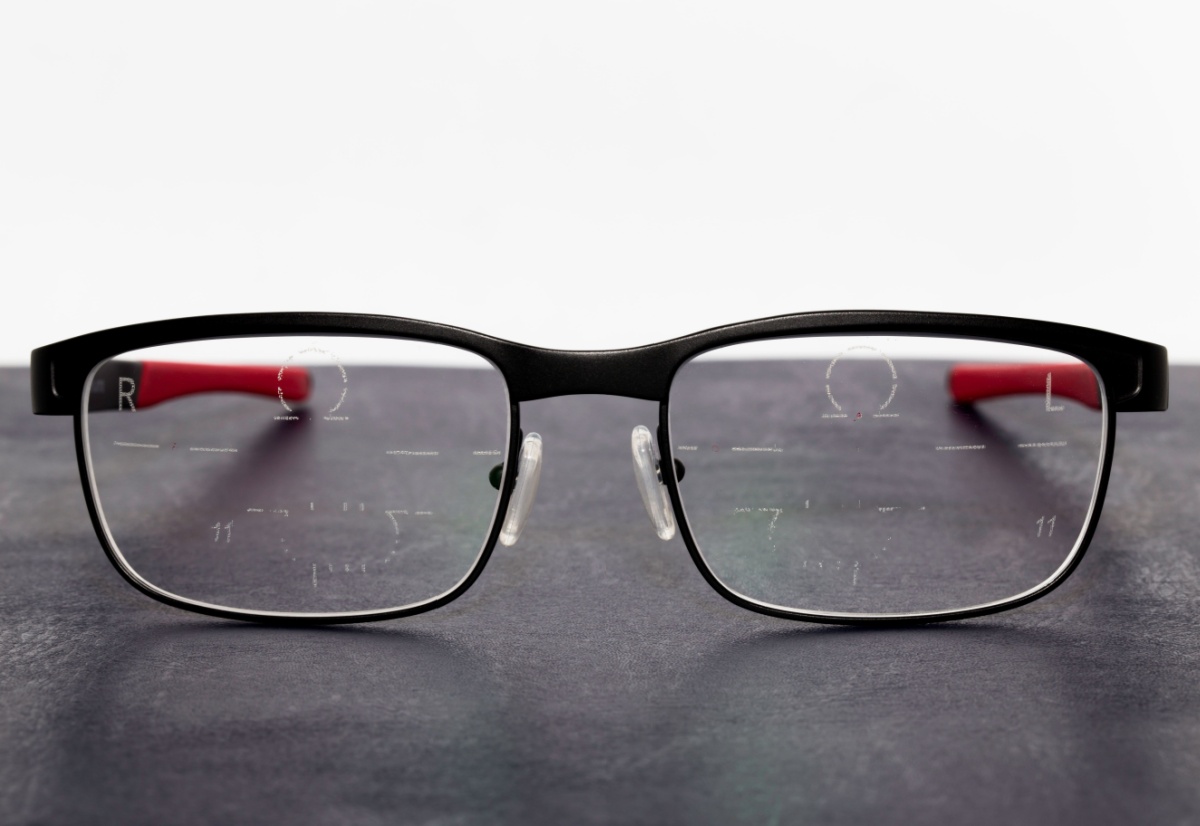Dealing with vision conditions can be a real hassle, causing inconvenience, discomfort, and stress in everyday life. From struggling to read the fine print on a medicine bottle to experiencing eye strain after a day at the computer, vision issues can significantly impact one’s quality of life. But here’s a bit of good news — gaining a solid grasp of your specific vision condition can genuinely make a world of difference. It can lead you to the right corrective measures and help alleviate many of the symptoms that cloud your day-to-day activities.
That’s exactly why we’re here to shed light on two common vision conditions: Presbyopia and Hyperopia. Both can affect how well you see objects at various distances, but they stem from different causes and manifest differently across age groups.
What Is Presbyopia?
Presbyopia is a natural part of the aging process, where the eye gradually loses its ability to focus on close objects. This condition typically begins to impact people in their 40s and worsens until about age 65. The primary cause of presbyopia lies in the hardening of the lens inside the eye, making it less flexible and reducing its ability to change shape to focus on nearer tasks like reading or sewing.
What Is Hyperopia?
Hyperopia, commonly known as farsightedness, is a condition where distant objects may be seen more clearly than those close up. However, depending on the severity of hyperopia and the individual’s age, even distant objects might become blurry. This condition occurs when the eyeball is too short or when the eye’s lens is not curved enough, causing light to focus behind the retina rather than directly on it.
What Is the Difference Between Hyperopia and Presbyopia?
While both presbyopia and hyperopia affect the ability to see objects up close, the main difference between hyperopia and presbyopia lies in their causes and the age groups they commonly affect. Presbyopia is related to aging and the loss of flexibility in the eye’s lens, affecting adults over 40. On the other hand, hyperopia can be present at birth, though it can also develop or worsen with age. Essentially, presbyopia is an inevitable part of getting older, while hyperopia is more variable in terms of when and how it affects individuals.
Symptoms and Diagnoses for Presbyopia and Hyperopia
When comparing hyperopia with presbyopia, you can’t neglect the symptoms and ways these conditions are diagnosed. As both conditions develop within the eyes, they may take a bit to develop, but once they do, they offer plenty of symptoms that indicate you may need to make a visit to your eye doctor. We’ll break them down below.
Presbyopia
Symptoms of presbyopia include a need to hold reading material farther away to see it clearly, eye strain, headaches, and fatigue from doing close-up work. Diagnosis involves a comprehensive eye examination, including a refraction assessment and a visual acuity test.
Hyperopia
Hyperopia symptoms can include blurred vision for close-up tasks, eye strain, squinting to see better, and headaches after prolonged periods of activities like reading. An eye exam, similarly, diagnoses hyperopia, consisting of a refraction test and an evaluation of the eye health to rule out other conditions.
Treatment Options and Solutions for Presbyopia and Hyperopia
Thankfully, the differences between presbyopia and hyperopia don’t include the prevalence of effective treatment methods. Both conditions are manageable with the right eyewear. Prescription eyeglasses and contact lenses are the most common remedies, each used to correct an individual’s specific level of refractive error. Bifocal or progressive lenses can be particularly effective for presbyopia, offering multiple fields of vision within the same lens. People with hyperopia might opt for single-vision lenses that correct for distance vision but may require removal or adjustment for near tasks if the correction is strong.
In some cases, surgical options like LASIK or conductive keratoplasty could be considered, depending on the severity of the condition and the patient’s overall eye health. These procedures can reduce or eliminate the need for glasses or contact lenses.
Embracing Clear Vision Starts With 20/20 Eyeglass Store
Recognizing the difference between hyperopia and presbyopia is the first step toward clearer vision. No matter which condition you’re dealing with, the key is to find the solution that best fits your lifestyle and needs. At 20/20 Eyeglass Superstore, we’re excited to help you do just that. With a vast selection of stylish eyeglasses and designer frames to address a wide range of vision needs, we are here to make sure that the effects of presbyopia and hyperopia don’t hold you back from enjoying every minute of your life. We also provide children’s eye care to provide safe solutions to help your kids see better. Make your appointment and come explore our collection and start your journey toward seeing the world with a new level of clarity!



